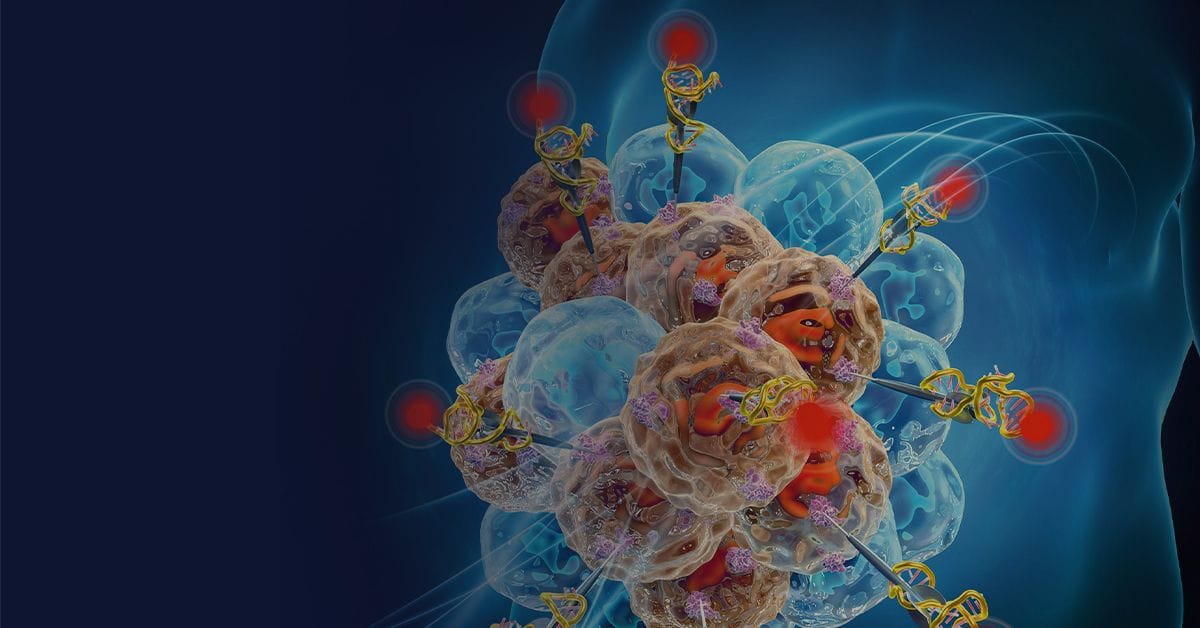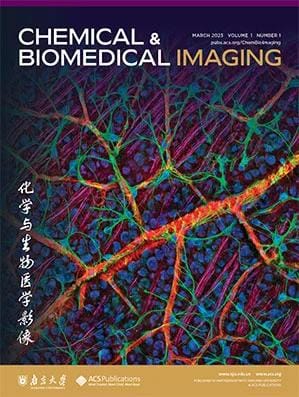This Special Issue will focus on new chemistry and emerging technologies for molecular imaging. Submit your manuscript by April 30, 2026.

Molecular imaging continues to transform how we visualize and understand biological processes in real time, providing critical insights into disease mechanisms, diagnostics, and therapeutic monitoring. Despite remarkable advances, major challenges remain in enhancing sensitivity, selectivity, resolution, and clinical translation. The field is now at a pivotal juncture, fueled by breakthroughs in probe chemistry, nanotechnology, artificial intelligence, and multimodal imaging.
This Special Issue of Chemical & Biomedical Imaging seeks to highlight innovative research that expands the frontiers of molecular imaging through chemistry-driven design and emerging technologies. We invite original research articles, letters, reviews, perspectives, technical notes, and viewpoints that address unmet challenges and explore future directions.
Submissions may include, but are not limited to:
1. Design and Synthesis of Imaging Probes
- Targeted agents (e.g., receptor ligands, antibody-based probes).
- Smart/activatable probes responsive to pH, ROS, enzymes, or other stimuli.
- Bioorthogonal and click chemistry-enabled labeling strategies.
- Fluorogenic/quenched probes for high signal-to-noise imaging.
- Theranostic platforms integrating therapy and imaging.
- Supramolecular assemblies for imaging applications.
- Innovative radiolabeling chemistry.
- Nanotechnology empowered probes (liposomes, micelles, quantum dots, polymers).
- Biodegradable and biocompatible nanomaterials.
2. Advances in Imaging Modalities and Technologies
- Multimodal probes (e.g., PET/MRI, PET/CT, PAI/MRI).
- Hyperpolarized MRI agents and CEST probes.
- Photoacoustic and optoacoustic imaging agents.
- Innovations in ultrasound, X-ray, and CT contrast agents.
- Multiplex imaging.
3. Biological and Biomedical Applications
- Imaging cancer, neurodegeneration, cardiovascular, and infectious diseases.
- Tracking molecular and cellular processes (e.g., apoptosis, immune responses).
- Image-guided surgery and regenerative medicine.
- Stem cell tracking and functional imaging.
4. Clinical Translation and Regulatory Perspectives
- Preclinical-to-clinical development of imaging probes.
- Regulatory challenges and approval pathways.
- Standardization and reproducibility of imaging protocols.
- Toxicological and pharmacokinetic evaluations.
5. Emerging Trends and Future Directions
- Point-of-care and wearable imaging technologies.
- Integration of biosensing with imaging.
- Metabolic and functional imaging strategies.
- Applications in precision and personalized medicine.
Why This Issue, Why Now?
The convergence of chemical innovation and technological advances is reshaping imaging science. From smart probes and nanomaterials to AI-driven analysis and hybrid imaging systems, these developments promise earlier disease detection, more precise diagnosis, and better therapeutic monitoring. By gathering interdisciplinary contributions, this Special Issue aims to accelerate the development of next-generation molecular imaging tools with broad biomedical impact.
Submissions are now open through April 30, 2026. Join us in shaping the future of molecular imaging.
Organizing Editors
Lakshminarayana Satham, Guest Editor
Washington University, United States
Xiqun Jiang, Guest Editor
Nanjing University, China
Kiran K. Solingapuram Sai, Guest Editor
Wake Forest University, United States
Jothilingam Sivapackiam, Guest Editor
Washington University, United States
Rong Zhou, Associate Editor, Chemical & Biomedical Imaging
University of Pennsylvania, United States
Deju Ye, Executive Editor, Chemical & Biomedical Imaging
Nanjing University, China
Submission Information
Submissions are welcome through April 30, 2026. For more information on submission requirements and accepted article types, please visit the journal’s Author Guidelines page.
Papers accepted for inclusion in this Special Issue will be highlighted as a significant contribution to this expanding field. If accepted, publications will go online as soon as possible with a DOI, and will be published in one of the next available issues. Publications on this topic will be assembled into a Special Issue in 2026 and widely promoted.
All articles will be peer reviewed prior to acceptance to ensure they fit the scope of the Special Issue and meet the high scientific publishing standards of Chemical & Biomedical Imaging. The peer review process for all papers will be managed by Associate Editor Prof. Rong Zhou and Executive Editor Prof. Deju Ye to ensure scientific rigor is maintained.
Chemical & Biomedical Imaging is an open access journal. Article Publishing Charges are waived until December 31, 2025.
How to Submit
- Log in to the ACS Publishing Center.
- Select the "Journals" tab.
- Choose Chemical & Biomedical Imaging.
- Click "Submit."
- Select your manuscript type, and, under "Special Issue Selection," choose “New Chemistry and Emerging Technologies for Molecular Imaging."
